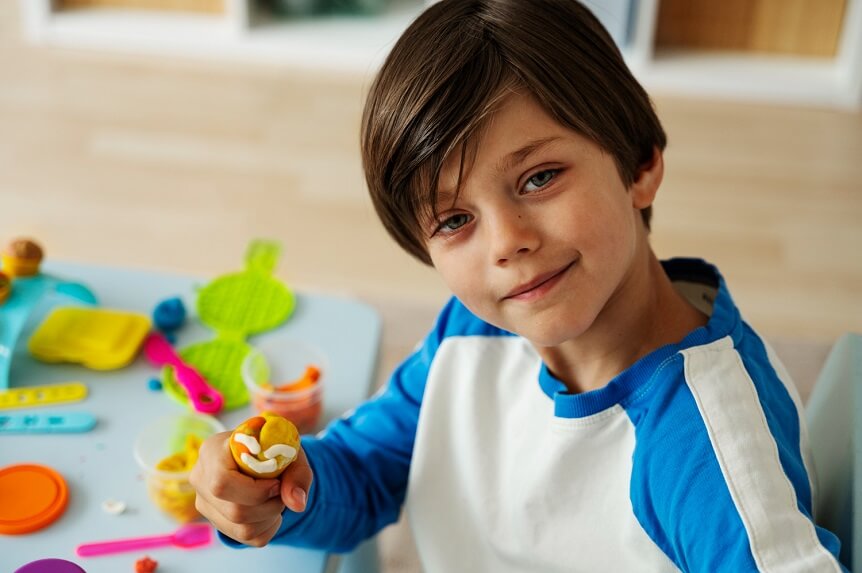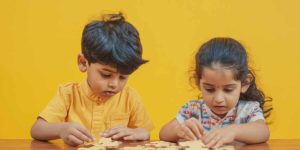Unveil the Exciting World of Clay Modelling for Your Child

Clay modelling is a timeless craft that has captivated people for centuries. This hands-on activity fosters creativity, enhances fine motor skills and promotes critical thinking. When you encourage your child to play with clay, you’re offering them more than just a fun pastime—you’re helping them develop essential life skills. Let’s explore clay modelling and explore how it benefits young minds.
The Benefits of Clay Modeling
Children benefit in numerous ways when they participate in clay modelling. First, it results in the development of fine motor coordination. Moulding clay into shapes and patterns helps develop hand skills and coordination in children – particularly the small muscles in their hands that they use for writing and buttoning their clothes.
Clay modelling also sparks creativity – allowing children to bring their imagination to life while moulding clay into different shapes and forms. This creative freedom encourages them to experiment with new ideas, and find innovative solutions to challenges they face during the process.
Clay art for students has a significant impact on the emotional development of learners. This process not only teaches perseverance and patience, but also boosts self-confidence when they see their efforts come to life.
Choosing the Right Clay Modelling Kit
Choosing the right clay modelling kit when trying out the activity for the first time can make a huge difference to how your child experiences the process. When selecting a kit, consider the type of clay, the accessories provided, and make sure to choose a non-toxic clay. Self-drying clay is a good option for many beginners because it is simple to mould and doesn’t require baking.
The kit should also contain basic tools for clay modelling, which will enable your child to add intricate design and detailing to their creations. Ensure that you order the kits that come with a variety of accessories like rolling pins, cutters and shapers, which give kids the opportunity to experiment with different methods and textures.
Fun and Educational Clay Modelling Projects
With clay modelling, children can create a variety of projects that encourage learning while they have fun. Here are a few ideas to get them started:
- Animal Sculptures: Clay can be used by children to build different kinds of animals. This project helps them learn about various species and their attributes while also developing fine motor skills.
- Clay Pots and Vases: Drawing and painting on clay or making simple pots or vases is very useful in introducing children to the functional side of pottery, and helps them explore different shapes and forms.
- Miniature Food Items: Making tiny replicas of food items is a fun activity that involves learning about colours, shapes, and textures while developing their creativity. Children particularly enjoy creating replicas of small fruits, vegetables or even a whole meal!
- Storytelling with Clay: Encouraging children to use clay to bring their favourite stories to life is a wonderful way to build their storytelling skills. They can model characters and scenes from books, creating a dramatic and visual retelling of their favourite story.
Integrating Clay Art into Education
Clay art is valuable for students not only as a way to cultivate creativity, but also as a learning tool. Clay modelling is regularly used as an interesting and engaging teaching aid in many schools to develop knowledge in various subjects. In science classes – for History lessons can be enriched by assembling solid models of artefacts, while students could make models maps and topographical structures for their Geography classes.
At Billabong High International School, we believe that creativity and innovation can instil a love of learning among students, making them lifelong learners. To learn more about our integrated curriculum, visit our website or contact us today!








